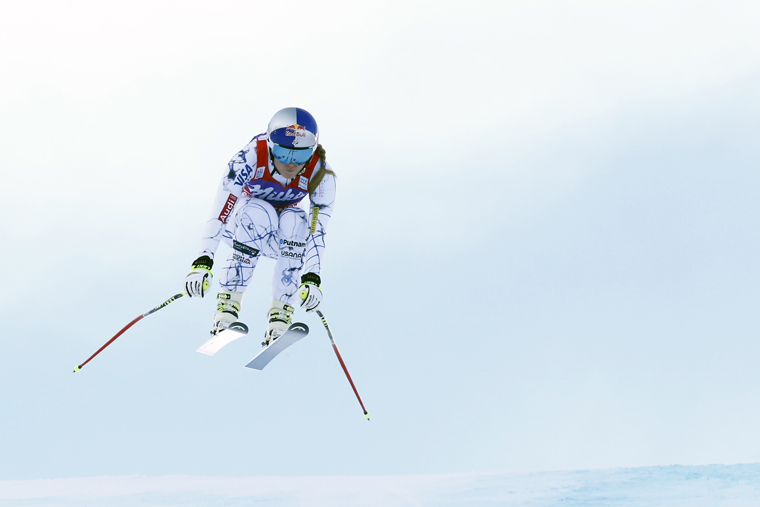Drama has ruled this World Cup season, says Graham Bell


This season has been one of extremes on the World Cup. Records have been broken along with bones and ligaments. The very best skiers have dominated disciplines, but likewise the very best have crashed as hard as the rest. Spectacular falls are an intrinsic part of ski racing and part of its appeal to the public, but on the flip-side, lose too many top racers and the public will have no big names to support.
Before the season started, Austria’s Anna Fenninger tore her anterior cruciate ligament (ACL) in a training accident, and in December, Olympic champion Matthias Mayer – also from Austria – crashed out in Val Gardena: his new back protector/air bag system inflated but failed to prevent three broken vertebrae. The US’s Ted Ligety was less than convinced of the air bag’s capabilities and raised questions whether it had even exacerbated the injury. Unfortunately Ted also suffered the skier’s nemesis, a torn ACL in a mid-season training injury.
As is often the case, the Hahnenkamm in Kitzbühel provides the most shocking injuries on the tour. The downhill, held on the Streif course, is not only the toughest in the world, but also the race everyone pushes hardest to win. A couple of injuries over the weekend are expected, but not the two biggest favourites. Aksel Lund-Svindal of Norway and Hannes Reichelt of Austria both went out in similar fashion, high-sided going into the compression after the Hausberg jump. Reichelt was lucky to only sustain bruising, but Svindal along with fellow Austrians Georg Streitberger and Max Franz in training, all tore their ACLs.
Svindal had been dominating the speed events until that point, winning four from five downhills and three from four super-Gs, providing a serious challenge to yet another Austrian, Marcel Hirscher, who has a four-season stranglehold of the overall World Cup title. Hirscher’s form this season is as dominant as ever in giant slalom, and he even notched up his first super-G victory, albeit with a fortunate bib draw in the weather-affected Beaver Creek race. In slalom he has been rattled by the sudden leap forward from Henrik Kristoffersen.
The young Norwegian produced a Tomba-esque performance in slalom this season, notching up six wins, including all five classics: Madonna, Adelboden, Wengen, Kitzbühel and Schladming. At 21 years old there is no saying as to how far he can go; unlike Lindsey Vonn, who does not like to talk of ski records, Kristoffersen actively sets himself goals and ticks them off.

Talking of Vonn, the US superstar of ski racing came back with a bang this season after two back-to-back ACL injuries. Although she is reticent to talk of records, she passed Annemarie Moser-Pröll’s record of 36 downhill wins this season and is closing in on Ingemar Stenmark’s record of 86 World Cup victories.
The fact that Lindsey is winning in giant slalom is significant – it shows that her technical skiing is back to its best and combined with her incredible gliding skills makes her virtually unstoppable. The most wins Lindsey recorded in a season was 12 in 2012; she will not win 16 in 2016 but may not be far off. If all goes well Stenmark’s record could fall next season on Lindsey’s favourite downhill course at Lake Louise.
Finally, the new star of the US ski team, Mikaela Shiffrin, started the season in blazing form, winning on home snow in Aspen by an amazing 3.07 seconds, the largest winning margin since 1968. Just when it looked like she would run away with the slalom title, injury struck in Åre, Sweden. Shiffrin suffered bone bruising and damaged her medial collateral ligament (MCL). It is a painful injury to the inside of the knee but can be treated without surgery. After two months of rehab she made her comeback in Crans Montana in February.
The hard work done in the gym clearly paid off, because with only two weeks back on snow, Shiffrin spectacularly won again. She cannot win the slalom title after missing five of the 10 races, but she could still notch up five World Cup wins. Watch out for her next season everybody.
This was written for issue 141 of Fall-Line in late February 2016.